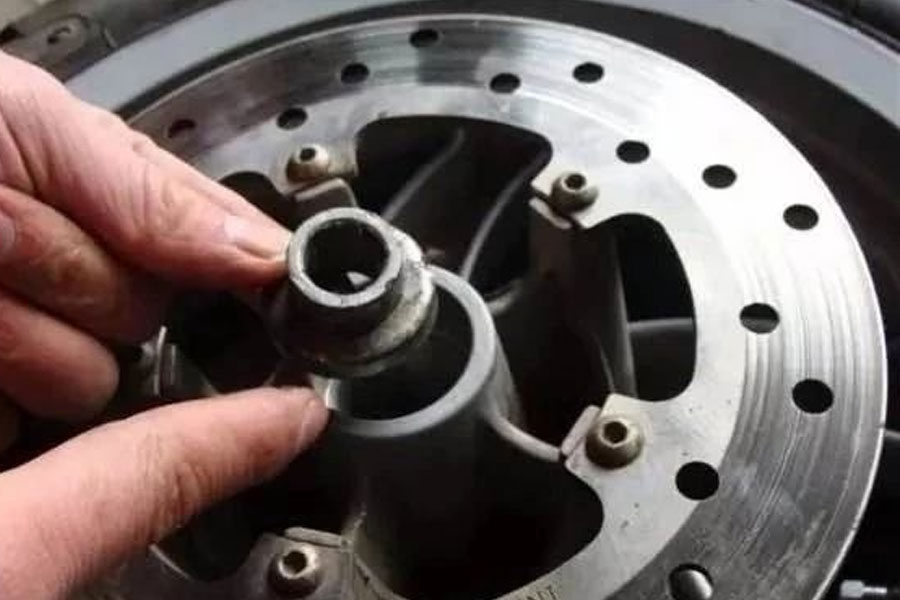First wipe the surface of the outer cover with a clean gauze, and then polish with oilstone (20×20×100mm or larger), and polish with relatively small oilstone for arcs and hard-to-reach places ( For example: 8×100mm semi-circular whetstone).
The choice of whetstone particle size depends on the surface condition (such as roughness, galvanizing, etc.). It is recommended to use fine-grained oilstone. The direction of whetstone grinding is basically along the longitudinal direction, and it fits well on the surface of the stamping parts, and some special places can also be supplemented with horizontal grinding.
Stamping is a forming method that relies on presses and molds to apply external force to plates, strips, pipes and profiles to cause plastic deformation or separation, so as to obtain workpieces (stampings) of the required shape and size. Stamping and forging are both plastic processing (or pressure processing), collectively known as forging. The blanks to be stamped are mainly hot-rolled and cold-rolled steel plates and strips.

Leave a Reply